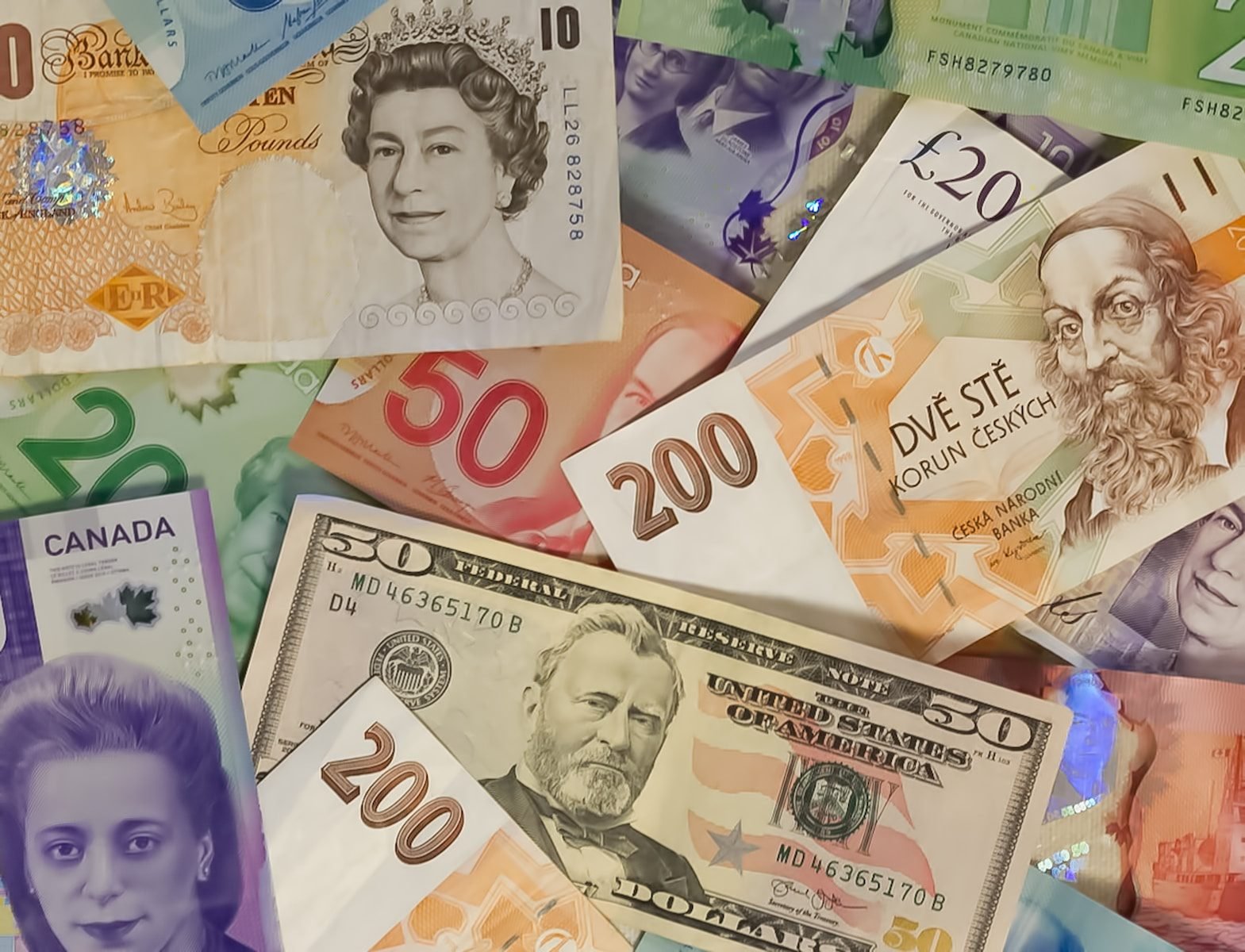EUR/USD has been going up, and on Wednesday it reached a new multi-month high near 1.1000. When data from the US showed that the annual CPI fell more than expected in March, it put pressure on the US Dollar and helped the pair go up.
Technical Overview

With a bullish bias, the EUR/USD pair stays near the high mentioned. The pair has gone up for two days in a row, and the daily chart shows that it is above all of its moving averages, which are all strongly heading north. At the same time, technical indicators started moving up again within positive ranges, showing that there was a strong desire to buy.
The positive trend is even clearer in the short term, as shown by the 4-hour chart. Technical indicators point almost straight up and well above their centres. At the same time, the two moved north faster than their moving averages. The 20 Simple Moving Average (SMA) is still moving in a straight line around 1.0900, but the longer ones are moving up below it, which shows that bulls are in control.
Support levels: 1.0930 1.0890 1.0835
Resistance levels: 1.0985 1.1020 1.1060
Fundamental Overview

During European trading hours, the EUR/USD pair went as high as 1.0936. This was because financial markets were still optimistic before the US Consumer Price Index came out (CPI). European stocks moved steadily up, with US futures going up and government bond yields staying about where they were on Tuesday. Still, there wasn’t much going on in the FX market because investors stayed put.
The “wait and see” attitude was broken when the US CPI for March rose at an annualised rate of 5%, which was better than the expected rate of 5.2%. The core annual reading went up by 5.6%, which was about what was expected. Lastly, inflation went up 0.1% MoM, which was less than the 0.3% that was expected. The news means that the Federal Reserve won’t do anything new, so the US Dollar fell and EUR/USD rose to 1.0989, its highest level since early February (Fed). Stock markets are going down, and government bond yields, especially at the front end of the curve, are going down sharply.
Later today, the Federal Reserve will release the FOMC Meeting Minutes from the most recent meeting. At the moment, Chair Jerome Powell and his colleagues were mostly “dovish,” and the document isn’t expected to bring any “hawkish” surprises. Instead, it could confirm what people already think and make the Greenback go down even more.
Source: Team CurrencyVeda





